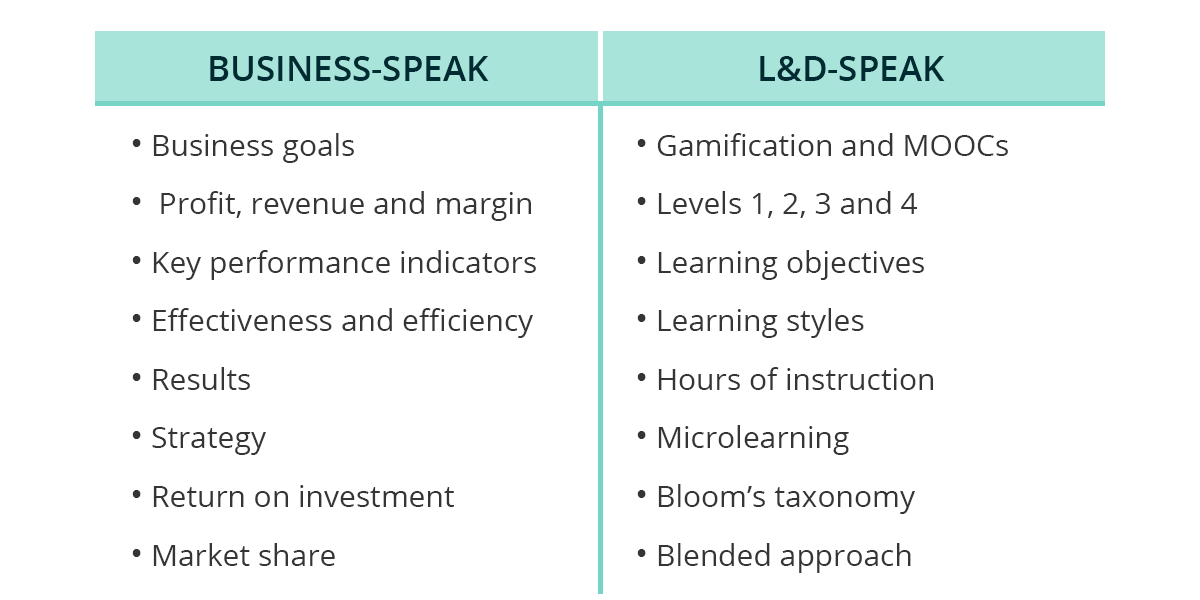3 Steps to Make a Surefire LMS Business Case
You know it’s time to purchase a learning management system (LMS).
You know your organization produces amazing courses. You can see the difference they’re making in your learners’ lives. Deep down, you know your organization could be an industry leader. But, you need the right technology to scale your learning business.
An LMS is the answer, but only if you can convince other people in your organization to invest. Follow our steps for a surefire LMS business case to convince everyone it’s the right move.
Step 1: Solve a Business Problem(s)
You want to show how an LMS will change your core business as soon as possible in your business case.
Are you looking to sell training to B2B clients? Then, you need an LMS for robust data analytics to prove the results offered by your training.
Is your learning business trying to break into new markets? An LMS will let you sell your learning products globally.
Or, do you need to keep your business’s competitive edge? Your competitors are continually adopting new technology. At the same time, thirty-three percent of employees report never being trained on it. How can new technology deliver better results without training? Your company needs an LMS to keep up.
🔎Interested in other use cases specific to associations, extended enterprise, or training companies? You’ll find lots of different options in our ebook, The CLO’s Handbook for Choosing Learning Technology to Grow Your Business.
After you’ve chosen how learning tech will meet your business goals, focus on communicating it in business jargon. L&D leaders sometimes get caught up in the language of learning. Roy Polluck developed a helpful trick to help L&D leaders communicate the impact of training on business problems — use business language, even if you’re solving them with good, old-fashioned L&D solutions.
Polluck provides a helpful table for L&D professionals to use when changing their language:

*Source: Training Industry’s: An Invitation to Advance: How L&D Can Get and Keep a Seat at the Table
Step 2: Present Options
You want to show you’ve done your due diligence by presenting alternatives. By giving multiple options, you can preemptively explain why an LMS is the better choice.
Alternative 1 — Do nothing.
It may be the cheapest option, but what is the opportunity cost? Will your business keep its competitive edge without the training offered by an LMS? Will your learning business stagnate with in-person training? What markets are you missing out on without the global reach of online learning?
Alternative 2 — Free Tech Options
Sure, you can find various free technologies to cobble together a learning program. But will anyone take another course after a poor learner experience? Even if free tools function, will they provide you the data your program needs to succeed? Will you win B2B clients without an LMS? As a learning business, you need robust data analytics to demonstrate your program’s value.
At this stage, it’s important to focus on the opportunities your business will be missing. You want to lead your audience to an LMS as the ideal solution for your business.
🔎Looking for more ways to leverage an LMS? Check out our infographic, Lift your ROI by Leveraging New Learning Strategies.
Step 3: Why an LMS is the Best Choice
This step packs a one-two punch. First, address how an LMS will fix all the issues created by your alternative solutions. Then, explain how it makes financial sense.
For the first part, you need to show it’s better than doing nothing or cobbling together a program. Here are a few persuasive use cases for an LMS in a learning business:
- Expand your reach to new markets.
- Upsell current learners using data analytics.
- Develop new courses using a built-in authoring tool.
- Increase learner engagement to improve course sales.
All of these use cases are guaranteed to generate revenue or grow your market share.
Then, you need to prove it’s a sound financial decision.
There are two ways you can make a financial case: 1) it reduces expenses, or 2) it makes you more money. Either way, you want to focus on your return-on-investment.
Your LMS solution can reduce costs in other departments. Here are a few examples:
- Reduce manual course administration for your IT department.
- Help HR stay on top of onboarding.
- Take conferences or meetings digital with a video conferencing integration.
- Enhance your marketing with customer/donor education.
You don’t have to go it alone. You can invite other departments to share how they can use an LMS to reduce costs.
To end your business case, you need to promise you’ll monitor the progress towards the business goal outlined in step one. Luckily, your LMS has robust data analytics to make this a snap.
🔎For more information on how to use data analytics, read our blog post, Is Your Learning Program Suffering? How to Use Data to Find Out.
What are you waiting for?
Businesses increasingly see the value of learning.
82% of executives support continuous professional development.
As a training company, there’s never been a better time to make your business case for an LMS. How can you offer continuous learning with in-person offerings? You need online learning to stay on the cutting edge of training.
Plus, you know better learning resources will positively impact your learners. That’s why we got into education—we want to help people learn. And we do that by giving them the best learning resources available.
With a surefire business case, it’s a win-win—you’ll be able to help your learners and grow your learning business.
Check out our new ebook, "The CLO’s Handbook for Choosing Learning Technology to Grow Your Business", to help you narrow down the must have learning technology features to drive business growth.

.png)




